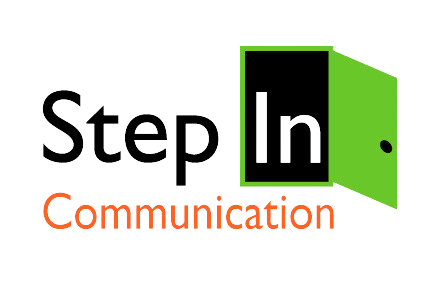What happens after a disrupting event? Everything Changes. So Should You. This is the fourth in the series on Managing Social Media through a Prolonged Crisis. In the first post, we talked about what you should be doing during this time. Then we tackled what happens when your strategy is altered. Finally, we addressed changes […]
Part 1 in a Series As the public health crisis of 2020 began to unfold, many communicators struggled with how to manage communications in an ever-changing environment. By the time you had something drafted and in the approval pipeline, the recommendations or guidelines changed. It’s really hard to pivot so quickly. And in case you […]
Communicators are struggling to keep up the pace of a crisis that seems never ending. Here are 5 ways to help you go the distance during this public health crisis. Trusted Advisor Communicators need advisors too. Find a colleague in another industry or state to Share Ideas and Test Messages Check-In This is NOT your […]
Here’s a checklist for crisis communicators to assist them in being truthful, succinct, accurate and understandable as they gear up for prolonged crisis communications in anticipating the spread of Covid-19. Lead with the Headline News Create an Information Hub Point to Authority Sources https://www.sanantonio.gov/Health/News/Alerts/CoronaVirus https://www.cdc.gov/coronavirus/2019-ncov/cases-in-us.html Check All Outgoing Communications Breathe What would you add to […]
I recently assisted two small business owners with crisis response. While I’m still processing everything that happened for one of them, we could actually see it coming and were able to do several things on social media to prepare for critics bombarding their Facebook page (which they did for 7 straight days!) This owner posted […]
A quick glance at the news this month is a good reminder that a crisis can happen at any time. The weather is creating crisis situations for many organizations; others have been surprised recently by technical failures or social media mishaps. If you haven’t looked at your crisis plan in a while, now might be a good […]
Small Organizations CAN Handle a Crisis Alongside Interstate 65 in Bowling Green, Kentucky, you can see the iconic Skydome of the National Corvette Museum from the freeway. It is a place where devoted fans come to see and admire America’s iconic cars. It is also a small, but smart organization who handled a once-in-a-lifetime crisis. Here is their […]
